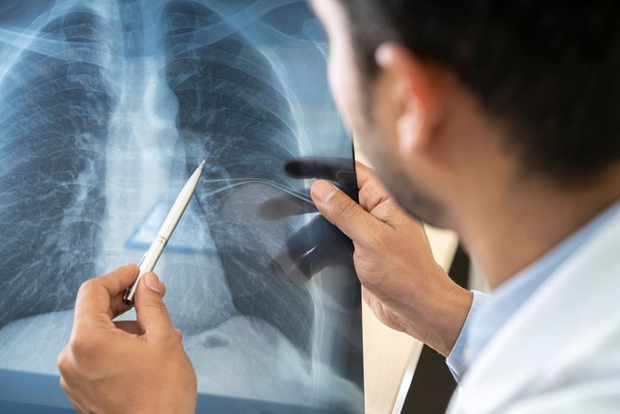The team at Lund University in Sweden studied a group of 28,584 middle-aged people with no known heart problems who were living in Malmo, Sweden and followed them for 40 years.
People who have modestly but measurably worse lung function are more likely to suffer sudden cardiac death (SCD), according to research presented at the European Respiratory Society International Congress.
SCD is an unexpected death that results from a sudden malfunction in the heart and in many people who suffer SCD, there are no previous warning signs. Researchers hope their findings could help spot people at risk of SCD and prevent deaths in the future.
The team at Lund University in Sweden studied a group of 28,584 middle-aged people with no known heart problems who were living in Malmo, Sweden and followed them for 40 years.
They found that measurably lower lung function in middle-aged people was more strongly related to suffering a SCD (a 23 per cent increase in risk) than a non-fatal coronary event (an 8 per cent increase in risk) later on in life.
“Although sudden cardiac deaths are common, we don’t know enough about who is at risk in the general population. There are links between lung and heart health, so we wanted to investigate whether measurable differences in lung function could offer clues about the risk of sudden cardiac death,” said Dr Suneela Zaigham, researcher at the Department of Clinical Sciences at Lund University, Sweden.
“Our findings suggest that testing people’s lungs when they are middle-aged and healthy could help spot those who have a higher risk of sudden cardiac death. This could enable people to take steps to potentially reduce the risk of this devastating event,” Zaigham added.
Smoking is also known to affect both lung and heart health, however, the pattern of risk remained even in people who had never smoked, Zaigham said.
“This study suggests a link between lung health and sudden cardiac death. It shows a higher risk of fatal than non-fatal coronary events even in people whose lung function is moderately lower but may still be within a normal range,” said Marc Humbert, who was not involved in the research, from the Universite Paris-Saclay, France.
“This is something we can measure fairly easily, meaning that lung function could be used as part of a screening tool,” he suggested.























